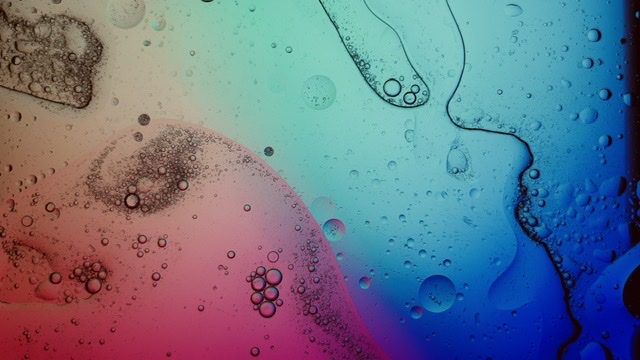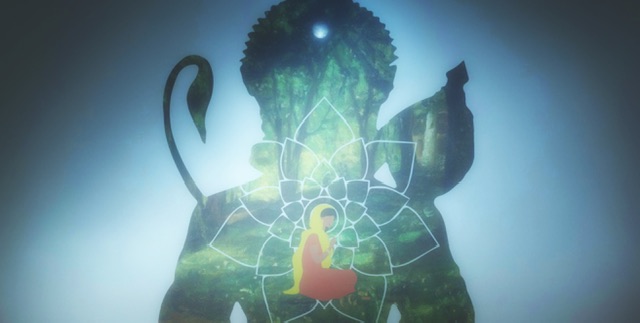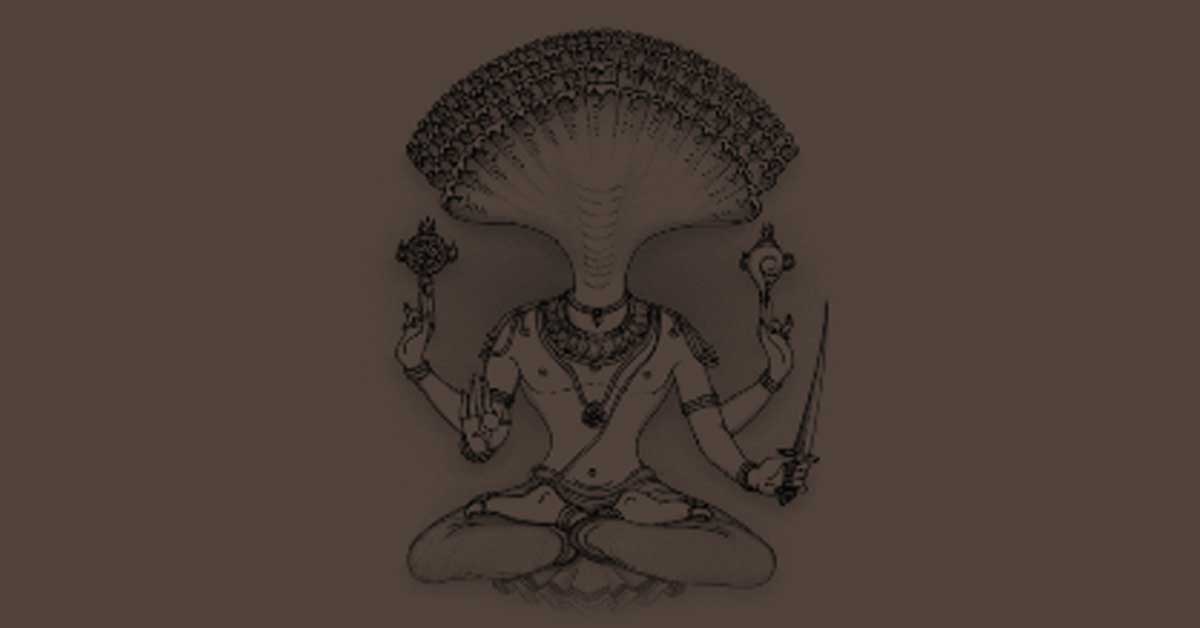Dashanan’s wife, Mandodari was bearing his child in her womb, and under terrible pain, when she asked him, ‘Oh Lord of three Worlds, with your grace, no asur or sorrow or even death can touch me, yet I am in so much pain.’ Please tell me a remedy such that my baby grows healthy and yet there is no pain. Dashanan then told her, the gyan of aushadhis (medicinal herbs) as received by him from Devi Parvati herself.
The aushadhis may be categorised as: lata (creeper, eg giloy), gulma (bush or shrub, eg pitt–papada), shakha (branch, eg mango), paadap (tree, eg banyan and peepal) and prasara(stinkvine, eg kateri). Five parts of these herb plants are considered potent: leaf, flower, bark, fruit and root. Of these, root is more potent than the fruit, which is more potent than the bark, which is more potent than the flower, which is more potent than the leaf. A vaidya needs to assess the heating and cooling effects of these herbs and decide which part to use as per the ailment.
That which has rasa (taste), guna (quality), veerya (potency), vipaka (nature/character), and shakti (ability) — in a combined form, is called an aushadhi.
The rasas are of six kinds, detailed below in decreasing order of potency:




